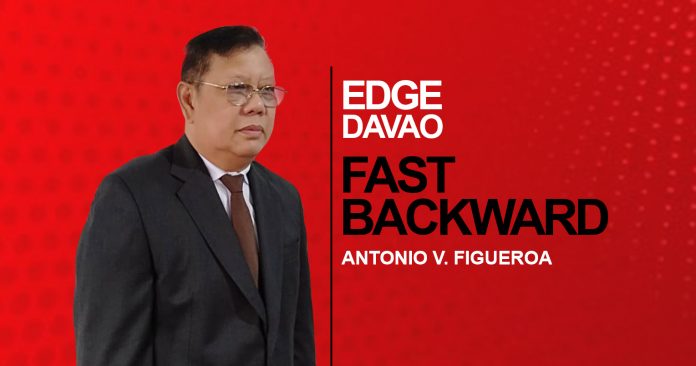]September 11, 2001, also known as the 9/11 attack, will always be recalled as the date when the Islamist extremist network al-Qaeda, founded and funded by Saudi Arabian-born Osama bin Laden, bombed New York’s World Trade Center.
2,996 people, including 19 hijackers, perished in the tragedy.
Against this jarring world event, little is said about the minute part Davao City played in the lead to the botched assassination of John Paul II (now a saint) while visiting the Philippines in 1995, and the execution of the Bojinka plot, a plan designed to bomb commercial planes in mid-air. (In Serbo-Croatian, bojinka means ‘big noise.’)
In 1991, four terrorists and an Abu Sayyaf Group (ASG, ‘Bearer of the Sword’) leader who later cooperated with the Philippine National Police (PNP) converged in Davao in early 1991.
In an interrogation done five years later, Edwin Angeles, the ASG commander, told the police authorities that during the meeting held at the Del Monte labeling factory, the topic discussed was “training on bomb making and handling.” Present during the discussion were Terry Nichols, Ramzi Yousef, Wali Khan Amin Shah, Abdul Hakim Murad, and Angeles.
Nichols, introduced to Angeles as a “farmer,” was an American domestic terrorist tagged co-conspirator in the Oklahoma City (US) truck bombing of the Alfred P. Murrah Federal Building States, on April 19, 1995. The tragedy resulted in the death of 168 people.
Originally from Baluchistan, Pakistan, Murad, a close friend of Yousef, earned his commercial pilot’s license after training at flight schools in the United States. Also from Baluchistan, Yousef, whose real name is Abdul Basit, grew up in Kuwait and graduated at a U.K. engineering school. He also enrolled at the University of Dawa and Jihad, an al Qaeda training camp in Pakistan. Meanwhile, Shah, a close friend of Osama, handled the logistics of the operations.
Peter Lance, in “1000 Years for Revenge: International Terrorism and the FBI” (2004), describes Shah as an ethnic Uzbeki from the town of Miriam Shah, Pakistan, “who fought alongside bin Laden against the Russians” and had incomplete digits.
“The backs of his legs,” Lance wrote, “were deformed from the shrapnel of Soviet mines, and three fingers were missing from one of his hands. The thirty-eight-year-old Shah was macho, audacious, and athletic. Each day he did elaborate calisthenics to stay in shape, including pailful leg scissors that he performed while balanced on his head. Later, in custody, he would make two daring jailbreaks.”
The book did not say what month in 1991 the meeting of terrorists occurred in Davao City. Most likely, it transpired after visiting Abdurajak Janjalani, the ASG founder, in Basilan, Sulu.
Angeles, later assassinated, told probers it was Mohammad Jamal Khalifa, brother-in-law of bin Laden, who helped organize and fund the ASG by channeling money through several Philippine charities. This was later confirmed by The Christian Science Monitor, in an October 26, 2001, dispatch (‘The Philippine branch of terror’).
Interestingly, there is no bit of news about the gathering of terrorists in Davao or if the intelligence community even had knowledge about it. The meeting took place two years after the ASG, recognized by the Islamic State as the Islamic State–East Asia Province, a Jihadist militant and pirate group that follows the Wahhabi doctrine of Sunni Islam, was founded.
Elmina Abdul, a wife of Angeles and government mole, revealed before her death in 2002 that another meeting took place in 1994 among terrorists in a warehouse near Dole Philippines, in South Cotabato, attended by Janjalani, two Moro Islamic Liberation Front members, and two Americans, Nichols and likely Timothy McVeigh, the Oklahoma bombing mastermind.




